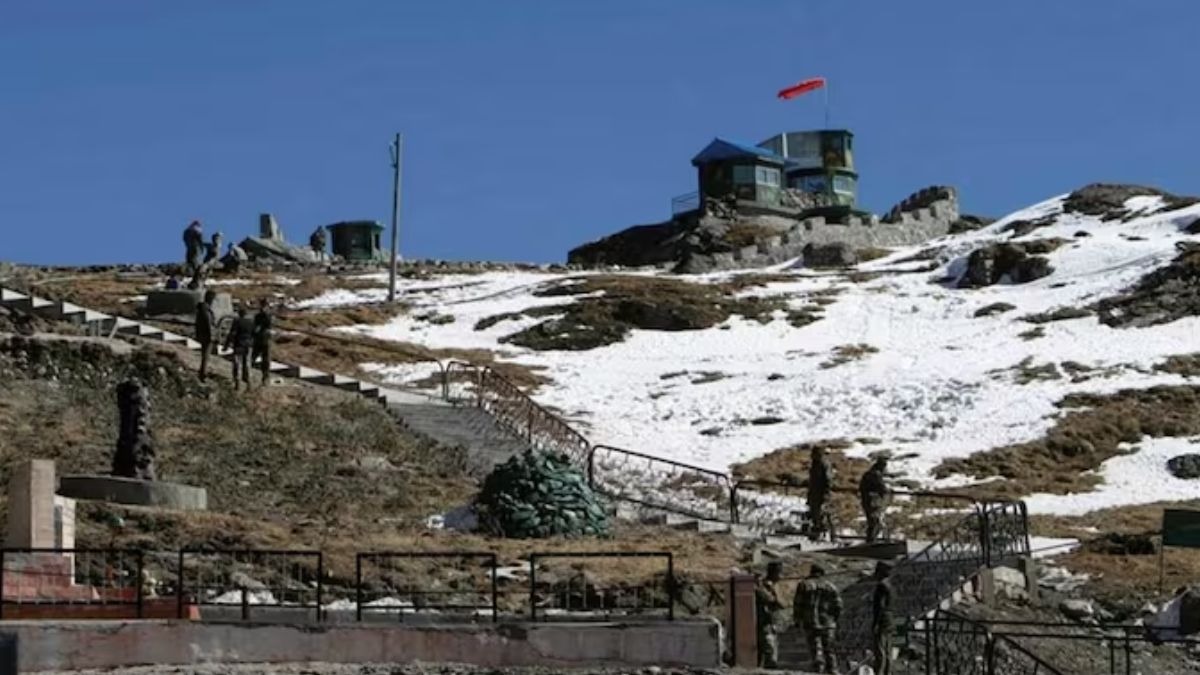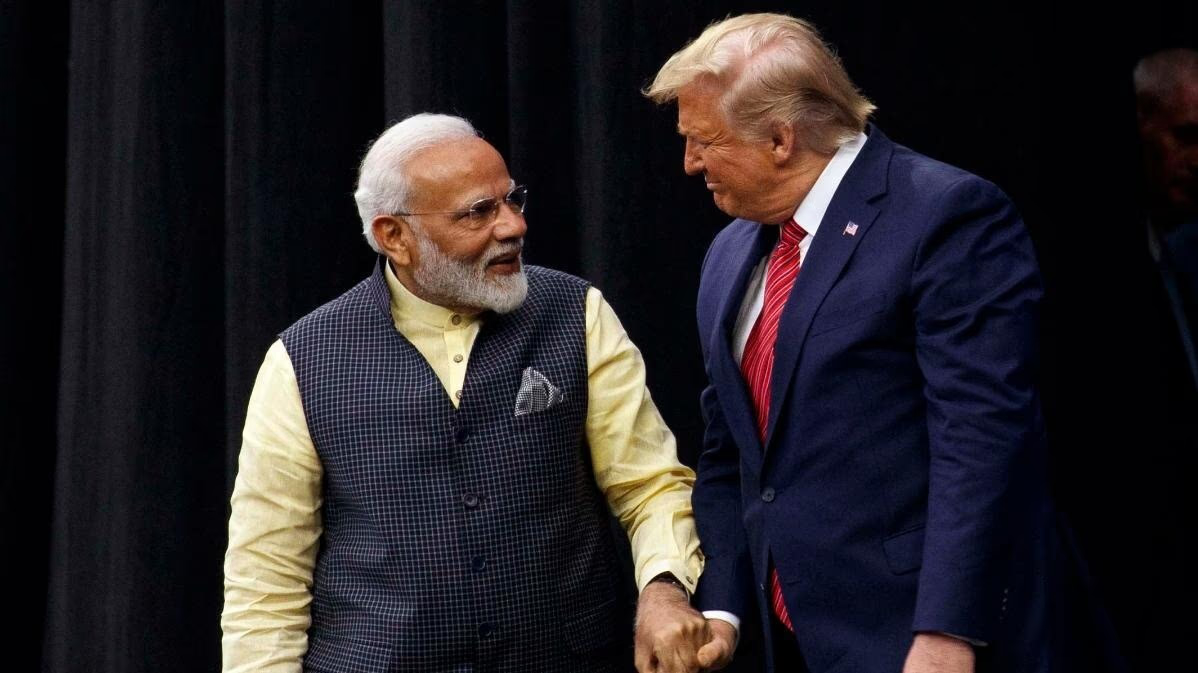Prime Minister Narendra Modi has discussed the ongoing border dispute between India and China. In an interview with the American magazine Newsweek, he suggested that both countries should resolve their border disputes immediately.
He stated that we need to address the situation on our borders promptly, so bilateral discussions can move forward without this difficult issue.
Prime Minister Modi emphasized that stable and peaceful relations are essential not just for both countries but for the entire region's stability.
China's state newspaper, Global Times, also responded to PM Modi's statement, indicating that if India follows through with Modi's remarks and reaches a consensus with China, relations between the two nations could improve rapidly.
The World's Longest-Disputed Border!
India and China share one of the world's most extensive disputed borders. The border spans 3,488 kilometers, divided into three sectors: Eastern, Middle, and Western.
In the Eastern sector, Arunachal Pradesh and Sikkim share a 1,346 km boundary with China while the Middle sector includes Himachal Pradesh and Uttarakhand, extending over 545 km. In the Western sector, Ladakh shares a long border of 1,597 km with China.
India and China have multiple disputed areas along their border. China occupies approximately 38,000 square kilometers of land in Ladakh, known as Aksai Chin. In addition, China claims about 90,000 square kilometers of Arunachal Pradesh's territory.
On March 2, 1963, China and Pakistan signed an agreement under which Pakistan gave 5,180 square kilometers of PoK land to China.

Source: aajtak
The full story of the border dispute...
Ladakh: The Claim over Aksai Chin
In 1865, British surveyor W.H. Johnson drew a boundary line between India and Tibet, followed by another demarcation in 1897. This line depicted Aksai Chin as part of India and is known as the Johnson-Ardagh Line.
Before this, in 1893, a new border line called the McCartney-MacDonald Line was drawn, which showed most of Aksai Chin as Chinese territory.
After India's independence in 1947, it recognized the Johnson-Ardagh Line as its official boundary. Meanwhile, after the establishment of the People's Republic of China in 1949, China could have recognized the McCartney-MacDonald Line as the boundary but chose not to. This decision increased confusion and Aksai Chin's border was marked as 'undemarcated.'
In 1962, China initiated conflicts along the Eastern and Western borders, and later, under ceasefire terms, China retreated from Arunachal Pradesh but seized Aksai Chin. To this day, China illegitimately occupies Aksai Chin.
Arunachal Pradesh: The 90,000 square kilometer claim
China claims 90,000 square kilometers of land in Arunachal Pradesh. The border dispute from China's side has persisted for years.
In 1914, the Shimla Accord was signed, under the lead of Henry McMahon, the then Foreign Secretary of British India. This agreement drew a 890-kilometer boundary between British India and Tibet, which came to be recognized as the McMahon Line, including Arunachal Pradesh as part of India.
Post-independence, India accepted the McMahon Line as its border. However, China took control of Tibet in 1950 and claimed Arunachal Pradesh as part of 'South Tibet' since Tibet was under Chinese control.
China does not recognize the McMahon Line, stating that it was not present during the 1914 agreement between British India and Tibet. China maintains that Tibet has always been part of its territory, hence it cannot make any agreements independently.

Source: aajtak
No videos or further content provided to continue expansion.




